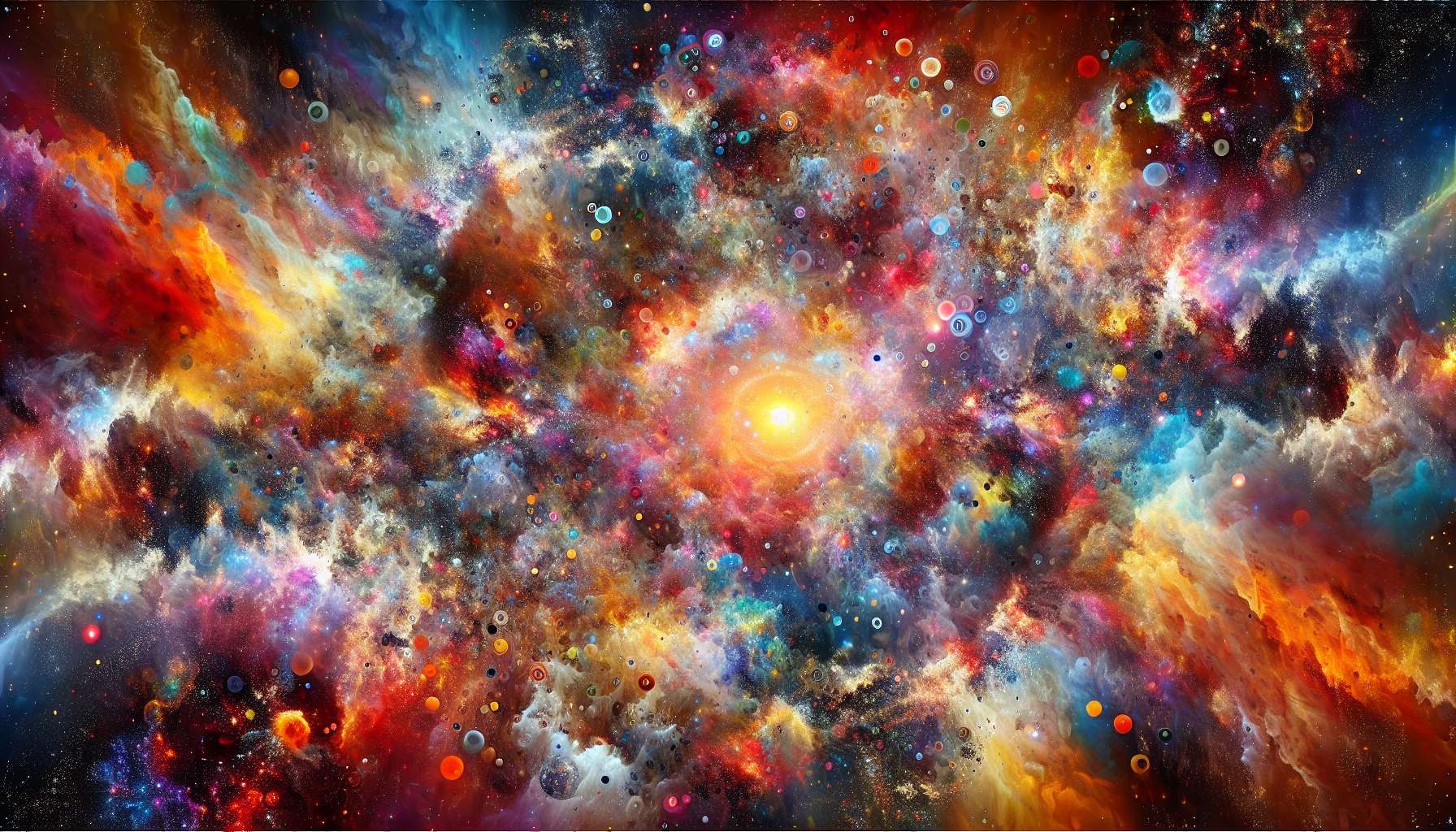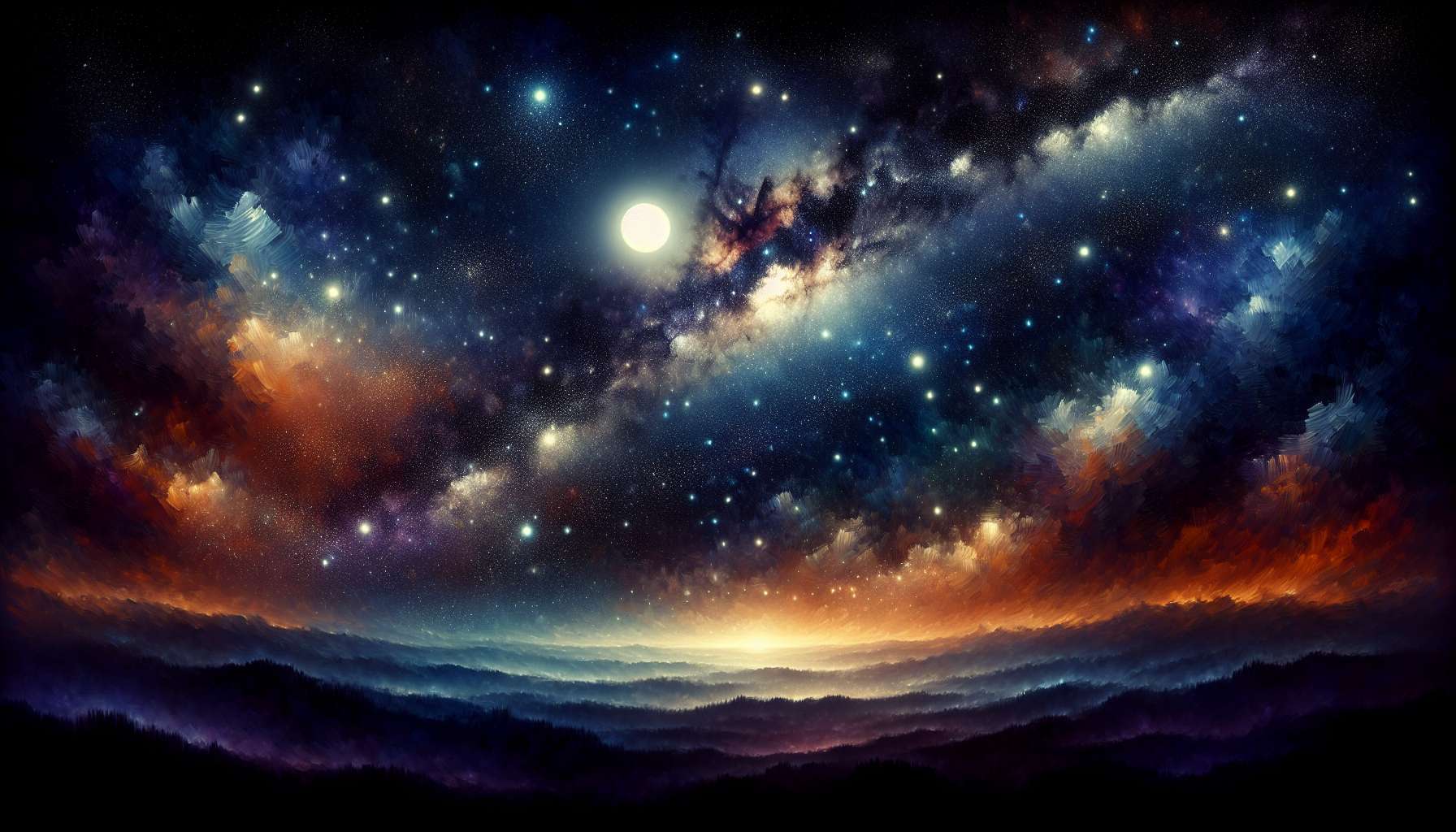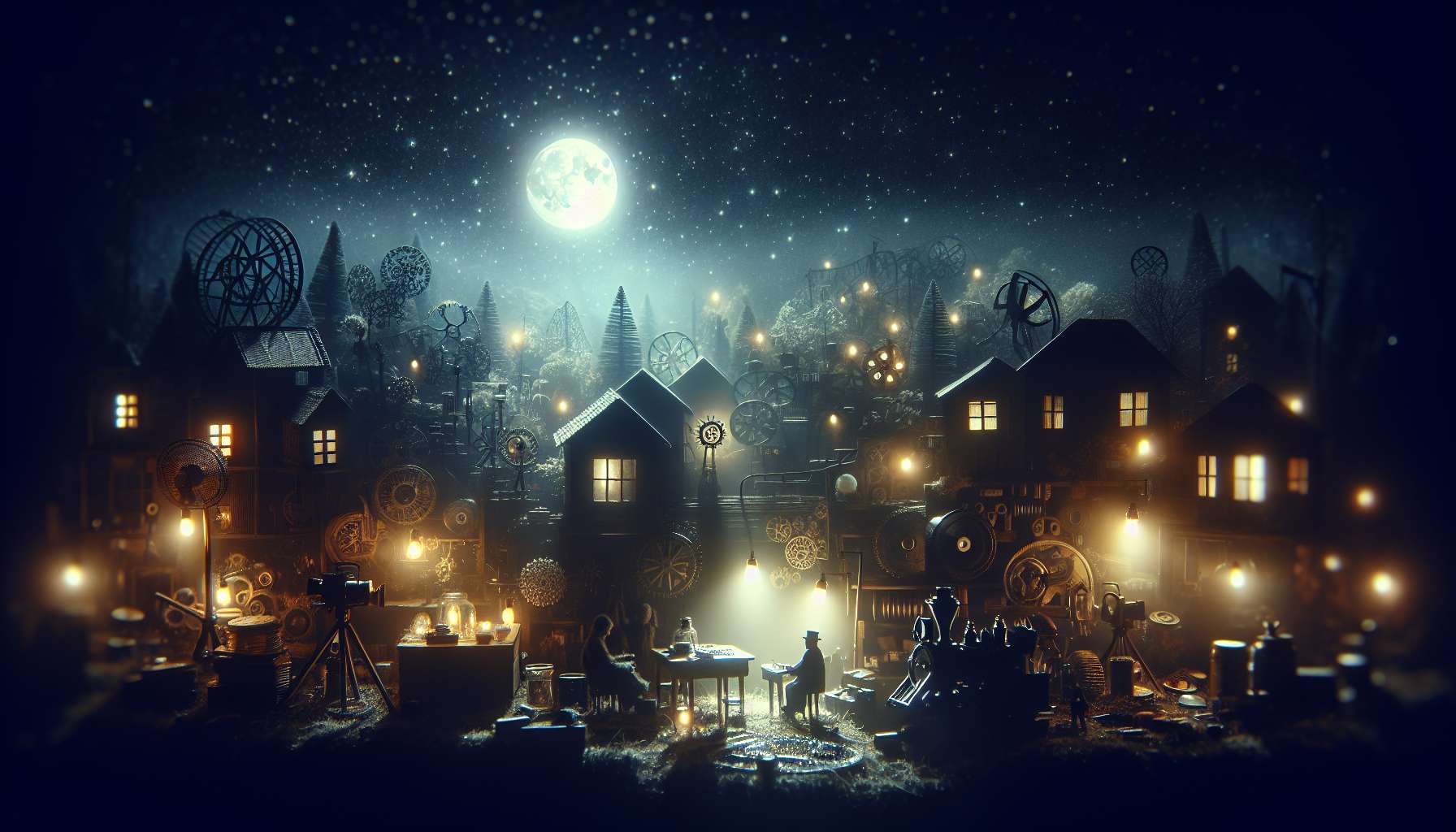Cosmic Color Palette Studies: An Exploration of the Colors of the Universe
Welcome to the mesmerizing world of cosmic color palette studies, where the colors of the universe come alive in a symphony of hues and shades that defy imagination. Have you ever wondered about the stunning colors that adorn the galaxies, stars, and nebulae scattered across the vast expanse of space? Join us on a journey through the cosmic color palette studies, as we delve into the mysteries and marvels of color in the cosmos.
The Beauty of Cosmic Color Palette Studies
At the intersection of art and science lies the enchanting field of cosmic color palette studies. This discipline explores the colors present in celestial phenomena such as galaxies, stars, planets, and nebulae, unraveling the secrets of the universe through the language of color. From the fiery reds of a supernova to the ethereal blues of a distant galaxy, each hue tells a story of cosmic evolution and celestial processes that shape the universe as we know it.
The Origins of Cosmic Color
The colors we see in the cosmos are not just random accidents of light and matter; they are the result of complex physical and chemical processes that govern the behavior of celestial bodies. For example, the vibrant reds and oranges seen in many nebulae are caused by the presence of hydrogen gas, which emits light at specific wavelengths when energized by nearby stars. Similarly, the blue hues of some galaxies are a result of the scattering of light by dust particles in their interstellar medium.
By studying the colors of celestial objects, astronomers can gain valuable insights into their composition, temperature, and evolutionary stage. For example, the color of a star can indicate its temperature, with blue stars being hotter than red stars. By analyzing the colors of galaxies, scientists can also infer their age, size, and distance from Earth, providing crucial data for understanding the structure and history of the universe.
The Role of Technology in Cosmic Color Palette Studies
Advances in technology have revolutionized the way we study cosmic colors, allowing astronomers to capture breathtaking images of distant galaxies and nebulae in unprecedented detail. Telescopes equipped with specialized cameras and filters can detect light across the electromagnetic spectrum, from infrared to ultraviolet, revealing hidden colors and structures that are invisible to the naked eye.
One of the most iconic images in cosmic color palette studies is the Hubble Space Telescope’s Deep Field, a mosaic of galaxies captured in visible light that showcases the stunning diversity of colors present in the universe. By combining data from multiple telescopes and observing in different wavelengths, astronomers can create composite images that highlight specific features and phenomena, providing a comprehensive view of the cosmic color palette.
Artistic Interpretations of Cosmic Colors
While cosmic color palette studies are rooted in scientific observation and analysis, they have also inspired artists and creators to explore the beauty and wonder of the universe through their work. From vibrant paintings of nebulae to abstract interpretations of stellar spectra, artists have found endless inspiration in the rich tapestry of colors that adorn the cosmos.
One of the most famous examples of art inspired by cosmic colors is Vincent van Gogh’s “Starry Night,” a masterpiece that captures the swirling blues and yellows of a starry sky in vivid detail. By blending science and art, cosmic color palette studies have sparked the imagination of countless individuals and encouraged a deeper appreciation of the colors that surround us in the universe.
The Future of Cosmic Color Palette Studies
As technology continues to advance and our understanding of the cosmos deepens, the field of cosmic color palette studies holds immense promise for uncovering new insights into the nature of the universe. From mapping the colors of distant galaxies to studying the spectral fingerprints of exoplanets, astronomers are poised to embark on a journey of discovery that will revolutionize our understanding of the colors of the cosmos.
By harnessing the power of artificial intelligence and machine learning, scientists can analyze vast amounts of data and identify subtle patterns and trends in cosmic colors that may hold the key to unlocking the mysteries of the universe. With new telescopes and observatories on the horizon, such as the James Webb Space Telescope and the Vera C. Rubin Observatory, the future of cosmic color palette studies is brighter than ever before.
Conclusion
In conclusion, cosmic color palette studies offer a fascinating glimpse into the vibrant and diverse colors that adorn the universe, inviting us to explore the beauty and complexity of celestial phenomena through the lens of color. By unraveling the secrets of cosmic colors, scientists and artists alike can gain a deeper appreciation for the wonders of the cosmos and inspire future generations to continue exploring the colors of the universe.
Whether studying the colors of distant galaxies or creating art inspired by the hues of the cosmos, cosmic color palette studies bridge the gap between science and creativity, inviting us to marvel at the kaleidoscope of colors that paint the canvas of the universe. As we gaze up at the night sky and ponder the mysteries of the cosmos, let us remember the beauty and diversity of colors that surround us, reminding us of the boundless creativity and wonder of the universe.




